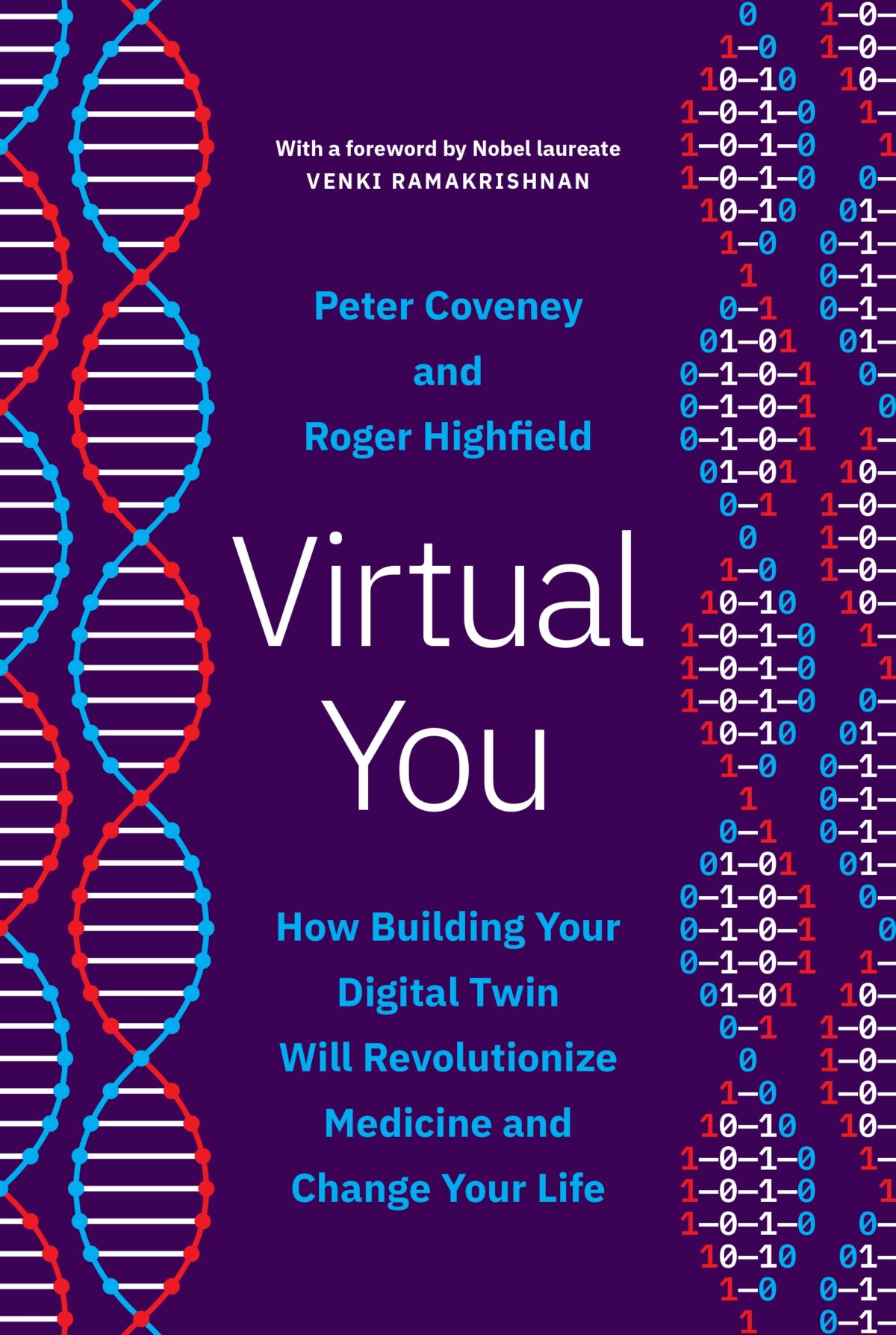Seven months ago, Mastodon was fretting about Meta’s newly-launched Threads. The issue: Threads, which was built on top of Instagram’s user database, had said it complied with the Activity Pub protocol, which allows Mastodon servers (“instances”) to federate with any other service that also uses that protocol. The potential threat that Threads would become interoperable and that potentially millions of Threads users would swamp Mastodon, ignoring its existing social norms and culture created an existential dilemma: to federate or not to federate?
Today, Threads’ integration is still just a plan.
Instead, it seems the first disruptive arrival looks set to be Bluesky, created by a team backed by Twitter co-founder Jack Dorsey and facilitated by a third party. Bluesky wrote a new open source protocol, AT, so the proposal isn’t federation with Mastodon but a bridge, as Amanda Silberling reports at TechCrunch. According to Silberling’s numbers, year-old Bluesky stands at 4.8 million users to Mastodon’s 8.7 million. Anyone familiar with the history of AOL’s gateway to Usenet will tell you that’s big enough to disrupt existing social norms. The AOL exercise was known as Eternal September (because every September Usenet had to ingest a new generation of incoming university freshmen).
There are two key differences, however. First, a third of those Blusky users are new to that system, only joining last week, when the service opened fully to the public. They will bring challenges to the culture Bluesky has so far developed. Second, AOL’s gateway was unidirectional: AOLers could read and post to Usenet newsgroups, but Usenet posters could not read anything on AOL without paying for access. The Bluesky-Mastodon bridge is planned to be bidirectional, so anything posted publicly on one service would be accessible to both – or to outsiders using BridgyFed to connect via website feeds.
I haven’t spent a lot of time on Bluesky, but it’s clear it and Mastodon have different cultures. Friends who spend more time there say Bluesky has a “weirdness” they like and is less “scoldy” than Mastodon, where long-time users tended to school incoming ex-Twitter users in 2022 on their mistakes. That makes sense, when you consider that Mastodon has had time since its 2016 founding to develop an existing culture that newcomers are joining, where Bluesky has been a closed beta group until last week, and its users to date were the ones defining its culture for the future. The newcomers of the past week may have a very different experience.
Even if they don’t, there’s a fundamental economic difference that no technology can bridge: Mastodon is a non-profit cooperative endeavor, while Bluesky is has venture capital funding, although the list of investors is not the usual suspects. Social media users have often been burned by corporate business decisions. It’s therefore easy to believe that the $8 million in seed funding will lead inevitably to user data exploitation, no matter what they say now about being determined to find a different and more sustainable business model based on selling ancillary servicesx. Even if that strategy works, later owners or the dictates of shareholders may demand higher profits via a pivot to advertising, just as the Netflix and Amazon Prime streaming services are doing now.
Designing any software involves making rules for how it will operate and setting defaults. Here’s where the project hit trouble: should it be opt-out, so that users who don’t want their posts to be visible outside their home system have to specifically turn it off, or opt-in, so that users who want their posts published far and wide have to turn it on? BridgyFed’s creator, Ryan Barrett chose opt-out. It was immediately divisive: privacy versus openness.
Silberman reports that Barrett has fashioned a solution, giving users warning pop-ups and a chance to decline if someone from another service tries to follow them, and is thinking more carefully about the risks to safety his bridge might bring.
That’s great, but the next guy may not be so willing to reconsider. As we’ve observed before, there is no way to restrict the use of open protocols without closing them and putting them under centralized control – which is the opposite of the federated, decentralized systems Mastodon and Bluesky were created to build.
In a federated system anything one person can open another can close. Individual admins will decide for their users how their instances will operate. Those who don’t like their choice will be told they can port their accounts to one whose policies they prefer. That’s true, but unsatisfying as an answer. As the “Fediverse” grows, it must accommodate millions of mainstream users for whom moving servers is too complicated.
The key point, however, is that the illusion of control Mastodon seemed to offer is being punctured. Usenet users could have warned them: from its creation in 1979, users believed their postings were readable for a few weeks before expiring and being expunged. Then, in 1995, Steve Madere created the Deja News archive from scattered collections. Overnight, those “ephemeral” postings became permanent and searchable – and even more so, after 2001, when Google bought the archive (see groups.google.com).
The upshot: privacy in public networks is only ever illusory. Assume you have no control over anything you post, no matter how cozy and personal the network seems. As we’ve said before, the privacy-in-public afforded by the physical world has no online counterpart.
Illustrations: A mastodon by Heinrich Harder (public domain, via Wikimedia).
Wendy M. Grossman is the 2013 winner of the Enigma Award. Her Web site has an extensive archive of her books, articles, and music, and an archive of earlier columns in this series. She is a contributing editor for the Plutopia News Network podcast. Follow on Mastodon.




